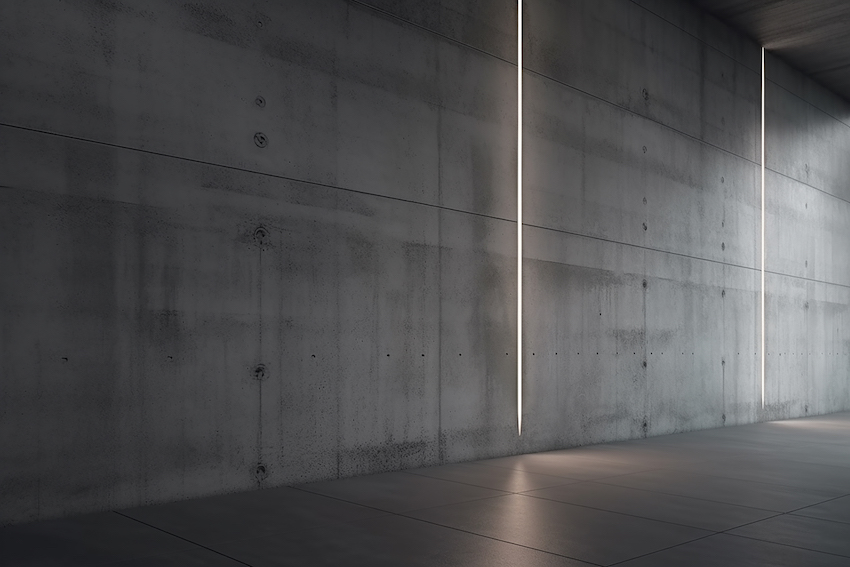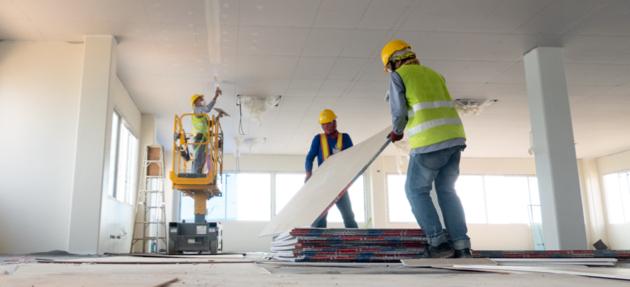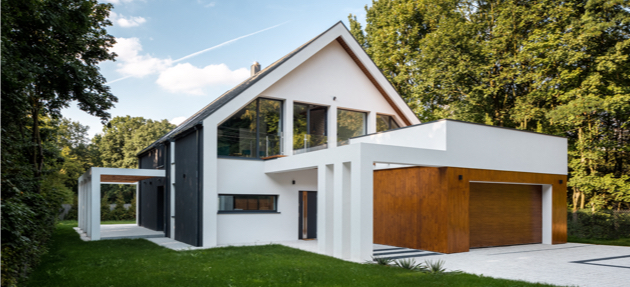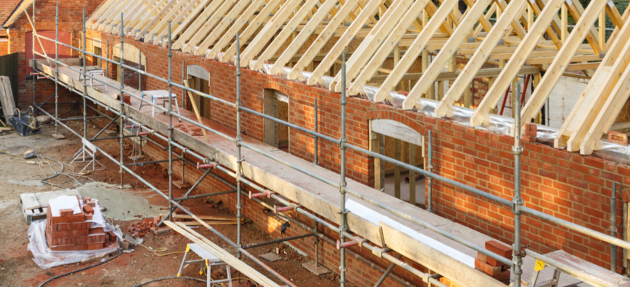In the realm of interior design and architecture, the quest for the perfect balance between aesthetics, functionality, and sustainability is an ongoing endeavour. Within this pursuit, polished concrete has emerged as a transformative element, offering a myriad of uses and benefits in renovation projects. From residential spaces to commercial establishments, the versatility of polished concrete makes it a compelling choice for those seeking to elevate their environments with a touch of modern elegance.
Renovation projects often entail the revitalisation of existing structures, breathing new life into worn-out spaces while simultaneously enhancing their visual appeal and practicality. In this context, polished concrete serves as a versatile canvas upon which the visions of designers and homeowners can unfold. One of its primary uses lies in flooring applications, where it transforms ordinary surfaces into sleek, sophisticated expanses that exude contemporary charm.
The allure of polished concrete lies not only in its aesthetic appeal but also in its exceptional durability and resilience. As a flooring material, it boasts unmatched longevity, capable of withstanding the rigours of daily use in high-traffic areas. Whether it's the bustling foyer of a commercial building or the serene sanctuary of a residential home, polished concrete ensures longevity without compromising on style.
Moreover, the customisation possibilities afforded by polished concrete make it an invaluable asset in renovation projects. Through various techniques such as staining, scoring, or incorporating decorative aggregates, designers can imbue concrete surfaces with a unique personality tailored to the preferences of their clients. Whether seeking a minimalist monochrome palette or a bold statement infused with vibrant hues, polished concrete can adapt to a diverse array of design schemes with effortless versatility.
Beyond its aesthetic and functional attributes, polished concrete also aligns seamlessly with sustainability objectives—a crucial consideration in contemporary renovation projects. As a material derived from natural resources, concrete boasts inherent eco-friendly properties. Moreover, the longevity and low maintenance requirements of polished concrete translate into reduced environmental impact over its lifecycle, making it a sustainable choice for conscientious renovation endeavours.
In the context of renovation projects, the integration of polished concrete extends beyond flooring applications. Its adaptability renders it suitable for a wide range of surfaces, including countertops, tabletops, and even decorative accents. By incorporating polished concrete into various elements of a space, designers can achieve a cohesive aesthetic that harmonises with the overall design vision, creating a unified and visually striking environment.
Furthermore, the practical advantages of polished concrete—such as its resistance to staining, ease of maintenance, and thermal conductivity—further bolster its appeal in renovation projects. Whether renovating a residential kitchen, a commercial showroom, or an industrial warehouse, polished concrete offers a winning combination of durability, aesthetics, and functionality that elevates the space to new heights of sophistication and practicality.
In conclusion, the uses of polished concrete in renovation projects are as diverse as they are compelling. From flooring solutions that marry elegance with durability to bespoke countertops that serve as focal points of design, polished concrete transcends conventional boundaries, offering a canvas upon which design aspirations can flourish. As the architectural landscape continues to evolve, polished concrete stands poised at the forefront, embodying the essence of modernity, sustainability, and timeless elegance in renovation endeavours worldwide.



